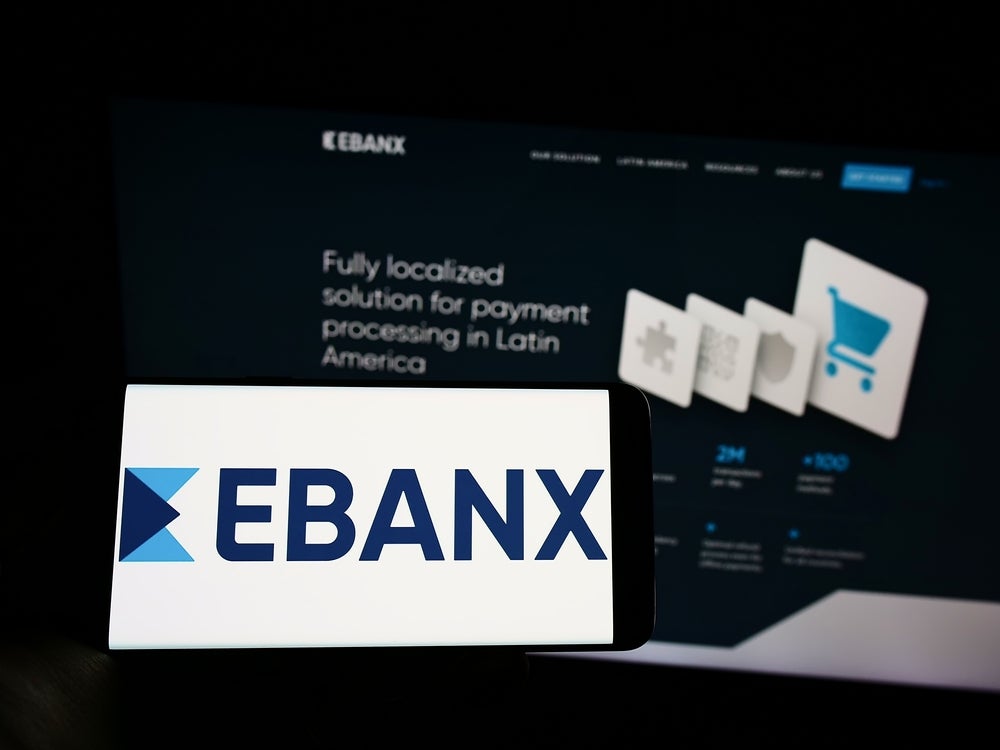The development of banking infrastructure, a higher awareness of electronic payments and wider acceptance of payment cards at point-of-sale (POS) terminals supported the growth of payment cards between 2009 and 2013, in terms of both transaction value and volume.
In terms of the number of cards in circulation, Taiwanese payment cards (including debit and credit cards) increased significantly, recording a compound annual growth rate (CAGR) of 3.48%, increasing from 105.3 million in 2009 to 120.8 million in 2013.
In terms of transaction value, payment cards valued TWD11.1trn ($375.1bn) in 2013, after registering a CAGR of 5.01% from 2009. Furthermore, the rising adoption of contactless cards also supported the growth of payment cards, in terms of transaction value and volume.
In 2013, the average transaction value (ATV) in Taiwan was $251.1, which ranked second in the Asia-Pacific region. China recorded the highest ATV with $302.4, followed by Kazakhstan ($199.7), Hong Kong ($184.6), Singapore ($148.5), Thailand ($148.2), Malaysia ($140.1), Australia ($98.9), Pakistan ($93.0) and Vietnam ($91.8).
In terms of card penetration, Taiwan recorded 5.2 cards per inhabitant in 2013, the third-highest in the region. With 5.9, Japan had the highest penetration, followed by South Korea (5.5), Singapore (3.7), Hong Kong (3.3), Australia (2.9), New Zealand (2.4), Malaysia (1.7), Thailand (1.0) and Kazakhstan (0.9).
In terms of frequency of use, however, Taiwan recorded 12.4 transactions per card in 2013. New Zealand, with 146.1, had the highest frequency of use, followed by Australia (96.6), South Korea (44.7), Singapore (36.0) and Indonesia (28.8).
How well do you really know your competitors?
Access the most comprehensive Company Profiles on the market, powered by GlobalData. Save hours of research. Gain competitive edge.

Thank you!
Your download email will arrive shortly
Not ready to buy yet? Download a free sample
We are confident about the unique quality of our Company Profiles. However, we want you to make the most beneficial decision for your business, so we offer a free sample that you can download by submitting the below form
By GlobalDataDebit cards continue to dominate the market
In terms of transaction value, debit cards remained the preferred payment card between 2009 and 2013, growing from TWD7.7trn in 2009 to TWD9.2trn in 2013, at a CAGR of 4.44%. This value is anticipated to grow to reach TWD11.7trn in 2018, at a CAGR of 4.56%.
The majority of Taiwan’s consumers prefer to use debit cards to make payments at POS terminals, rather than to withdraw cash from ATMs. Banks are also trying to attract consumers into using their debit cards at POS terminals by offering discounts, cashback and reward points. Consequently, the debit cards market registered growth in terms of transaction value and volume.
Banks and card issuers are targeting specific segments to increase debit card penetration. For example, Land Bank of Taiwan introduced cards for senior citizens and a business segment. These cards are exclusively tailored for meeting these segments’ specific requirements, with a withdrawal feature abroad and reward points, among others.
Potential in prepaid
Consumers in Taiwan are increasingly showing a preference towards prepaid cards as a means of payment for micropayments. This can be validated with the prepaid card penetration of 1.52 cards per inhabitant in 2013.
In order to capture a larger share of the market, banks and card issuers are offering a wide variety of prepaid cards. The number of prepaid cards in circulation posted a CAGR of 2.34%, rising from 34.4 million cards in 2009 to 35.5 million in 2013. The market is anticipated to register a CAGR of 1.05% from 2014, to reach 37.4 million cards in 2018.
The growth in the prepaid card market is encouraging new card issuers to enter the market. For instance, Soft-World International, the developer and distributor of online games, introduced the MyCard prepaid card for purchasing Facebook credits in February 2011. The company is primarily targeting individuals who purchase credits to play online games.
E-commerce offers growth prospects for card payments
Rising internet and smartphone penetration, coupled with an increasing number of operators providing home delivery, convenience store pick-up service, and attractive group deals, fuelled the growth of e-commerce.
Its value increased at a CAGR of 17.43% between 2009 and 2013, to reach TWD765.2bn in 2013, and is anticipated to increase further at a CAGR of 12.26%, to reach TWD1.4trn by the end of 2018.
Banks are also offering Verified by Visa and MasterCard Secure Code services to their customers, aimed at providing them with a secure, convenient and reliable online payment tool, fuelling demand for payment cards.
Emergence of NFC technology to expand scope of card-based payments
NFC mobile payment services were first introduced in Taiwan in July 2014, with the collaboration of 27 banks, three payment processing institutions and EasyCard. This is also considered as Taiwan’s largest mobile commerce platform as it already has support of Visa and MasterCard.
As part of the service offering, customers are issued digital credit cards which they can download over the air on their 3G- or 4G-enabled smartphones. Payments are completed over the air through the network of Taiwan Mobile Payments platform.
Currently, nearly 20 smartphones are compatible for the payments through NFC-enabled SIMs, and can be used for transactions at 30,000 terminals across the country. The emergence of NFC technology is expected to drive card-based payments over the next five years.
Contactless technology
Taiwan is quickly progressing to being a cashless society, and to support this further, contactless technology was introduced in the country in 2005. Since then, the use of contactless cards has been increasing at a very fast pace, and there were 5.6 million credit cards issued supporting a contactless function by the end of September 2012.
Furthermore, in June 2014, EZ-Link Private Ltd, Singapore’s largest issuer of CEPAS-compliant cards, and the EasyCard Corporation of Taiwan agreed to jointly develop a contactless card and multipurpose smart card systems platform in order to help increase tourism and business travel between Singapore and Taiwan, as it can be used across the region.
Increasing focus on specific consumer groups
Banks in Taiwan are adopting demographic customer segmentation and offering debit and credit cards targeted at specific segments. Some banks offer products for women, which is an effective strategy and can increase its reach as 50% of the total population is female.
For example, Chinatrust Commercial Bank offers WoFe (Women and Female) cards exclusively for women above 20 years of age, while land Bank of Taiwan offers Ok cards for women.
Banks are also targeting specific demographic groups such as students and online shoppers. Chinatrust Commercial Bank is offering a Student card, while Cathay United Bank (CUB) is offering the W@ card, which is used only for online transactions and frequent travellers. The Taiwanese cards market is already overcrowded, with penetration of 5.2 cards per person. Banks are trying to increase their market share, and overcome competition by targeting high-income individuals and young entrepreneurs.
Growing banking infrastructure
The growth of POS terminals is an important infrastructure driver. The number of POS terminals in Taiwan recorded a CAGR of 6.41%, rising from 82,586 in 2009 to 105,895 in 2013. With the increased number of POS terminal installations at retail outlets, the potential of card-based payments in Taiwan is also expected to grow.
POS terminal penetration – calculated as the number of POS terminals per 100,000 inhabitants – also rose from 357.2 in 2009 to 452.4 in 2013. This is expected to expand further between 2014 and 2018, to reach 546.9 in 2018.
The number of ATMs increased at a CAGR of 1.47%, going from 25,399 in 2009 to 26,926 in 2013, and is anticipated to increase further, going from 27,220 in 2014 to 28,098 in 2018, at a CAGR of 0.80%. Banks are also expanding their ATM network to provide banking convenience to their customer base and tap new ones.







